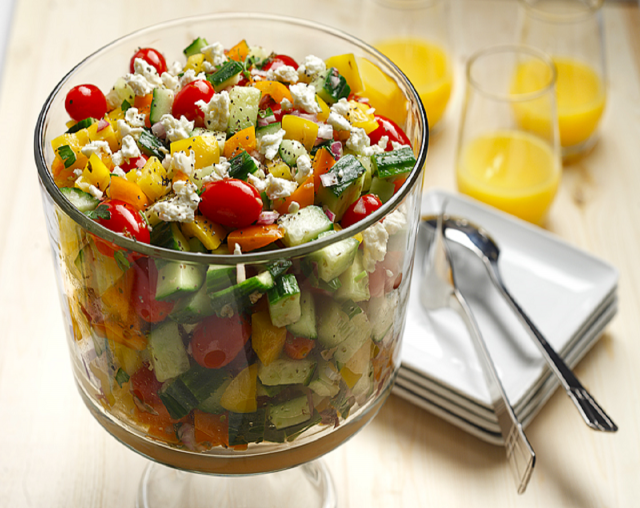This post is brought to us by local guest blogger Rebecca of the blogs Relish and Everything is ticketyboo!
If you spent your summer like I did, with long bike rides and runs through favourite neighbourhoods, you are probably dreading the day when you have to take things inside for the season. Sure you lose the freedom of the open road, but indoor workouts have plenty of benefits of their own.
The biggest advantage, as I see it, is that you never have to let the weather be your excuse. What is it that the postmen used to say? “Neither rain, nor snow, nor sleet, nor hail shall keep the postmen from their appointed rounds.” Well, let that be your creed for your indoor workouts, too. Even on the coldest, darkest, windiest days, you can exercise in well-lit, climate controlled comfort; whether in your own home gym or at a fitness facility.
Indoor Cycling
Without question, stationary bikes are one of the most popular pieces of indoor cardio equipment around, both in the gym and at home. Easy to operate and familiar to nearly everyone, they are a safe, low-impact way to meet your cardio goals. (That is, of course, if you treat them as exercise equipment, and not just a place to sit and read a book for 20 minutes, while pedaling leisurely.) Traditional “upright” bikes give the most natural ride, however some people, especially those with lower back issues, may prefer the recumbent style.
As a certified Spinning instructor, I may be a little biased in my recommendation, but I can’t say enough about spin classes. Spinning is offered at most large gyms as part of their group fitness program and perfect for anyone looking for a fun, effective, low-impact workout. A good instructor will map out a class that is challenging, but achievable, for the novice, the expert, and everyone in-between. The bikes, which were developed specifically for Spinning, require the rider to adjust resistance on the flywheel, varying the effort required and simulating changes in terrain. Participants are coached throughout the class and led on a ride which might include cruising, climbing, and sprinting (or, most likely all of the above) set to a motivating soundtrack.
Tip: To prevent injury, always take a few moments to set up your bike correctly. If you are not sure, just ask! All gyms (and exercise equipment retailers) should have someone trained to help you find the optimum riding position. If you are planning to attend a spin class for the first time, be sure to arrive several minutes early and identify yourself to the instructor as a beginner.
Indoor Running
Until they invent a hamster-wheel that can accommodate an adult human, we have two choices to meet our milage goals once it becomes too cold or too slippery to safely run outside: the treadmill or the track.
Treadmills allow the user to adjust speed which can assist a new or seasoned runner in maintaining a consistent pace on the powered, cushioned belt, and allow for interval training. Adjustments can also be made to the incline of the belt, simulating hills, and may also include several preset programs, to amp-up your training and help stave-off boredom. Depending on the model, the on-board computer may display everything from the basics, like speed and distance, to more advanced functions and calculations, such as heart rate and (approximate) calories burned.
The track, on the other hand, leaves everything up to you. Just like running the roads, running the track is as much an exercise in self-discipline as it is, well, an exercise. The scenery and terrain doesn’t change much, but some runners (myself included) find the repetition of “going in circles” soothing. Of course, it can be boring, too. Load up your MP3 player with motivating tunes, or bring along a similar-paced friend.
Tip: If you choose to run on the track, be sure that your indoor facility regularly changes the direction of the “traffic”. An entire season of turning left, for example, can be hard on the joints. Good for Nascar cars; not good for your knees.
Whether cycling or running is your preferred activity, be sure to always bookend your workouts with a warm-up and a cool-down. Approximately 5 minutes at a reduced pace is generally adequate for each, but, along with regular post-workout stretching, will help keep you injury-free while you (patiently) wait for outdoor season to start again.
 Keep Well…Rebecca
Keep Well…Rebecca
Rebecca is a Certified Spinning Instructor, fitness instructor, blogger (Relish and Everything is ticketyboo! ), artist, reluctant morning person, and notorious killer-of-plants. She lives in a foliage-free home with her teenage son, Jacob.





